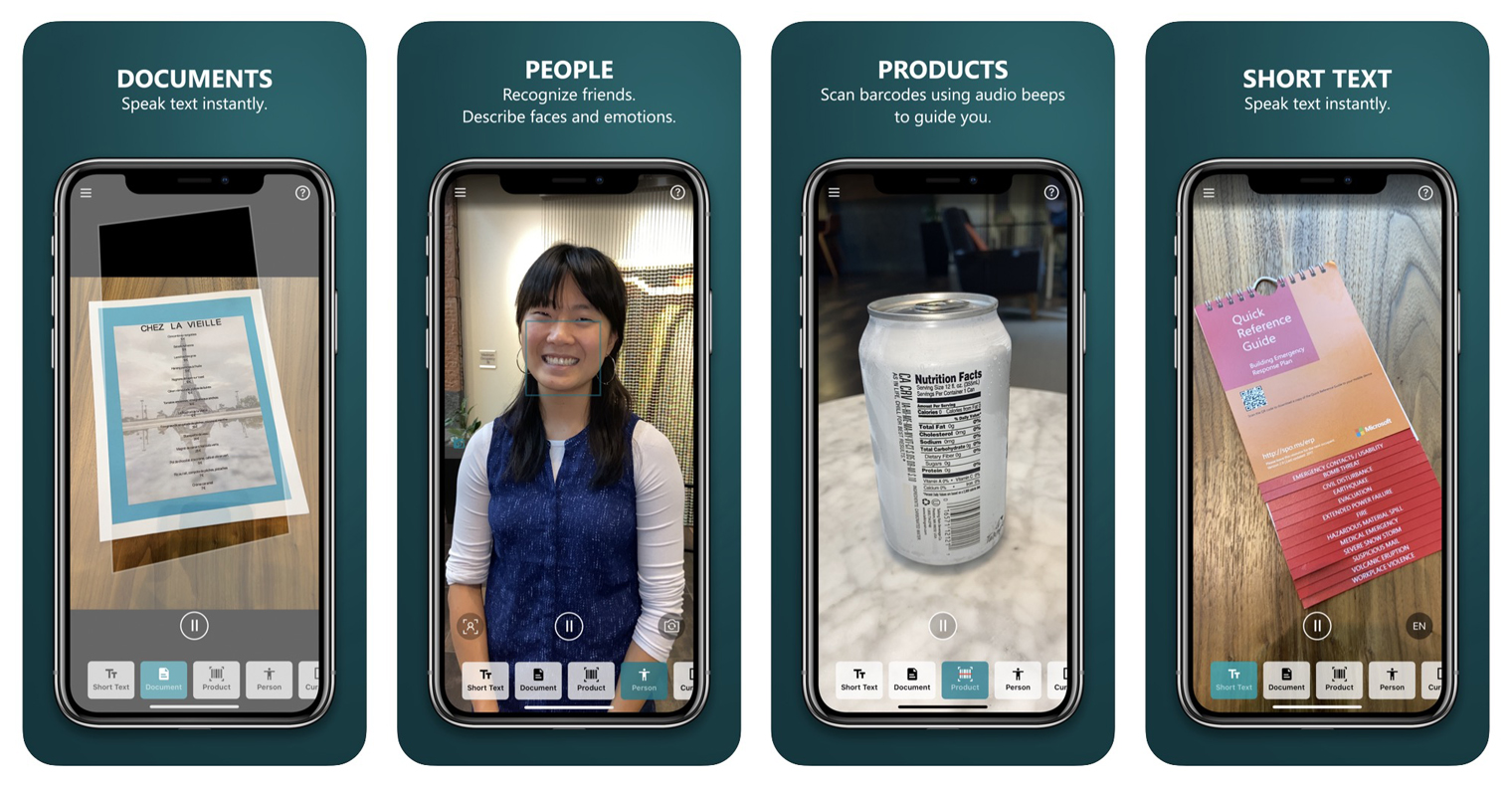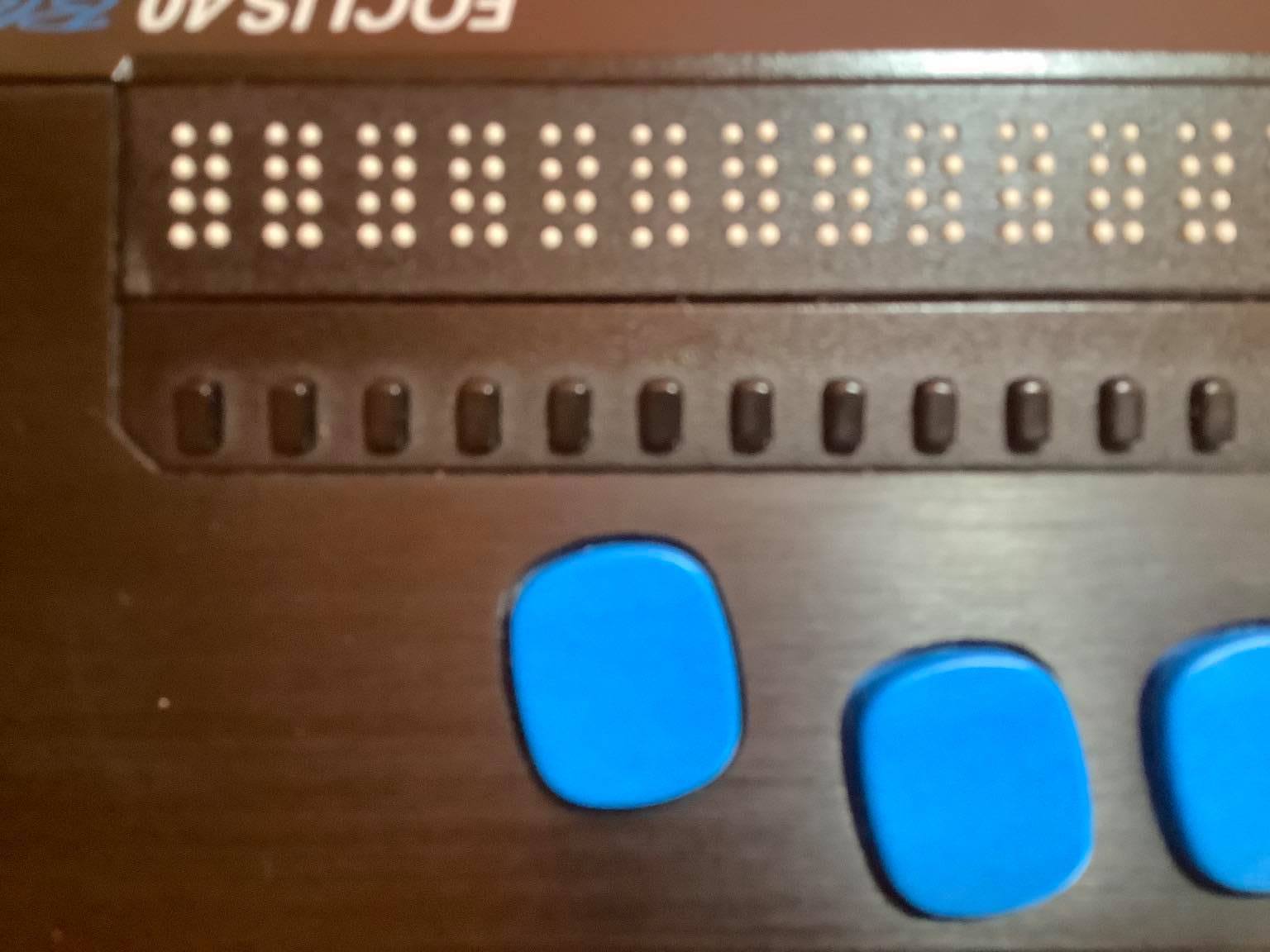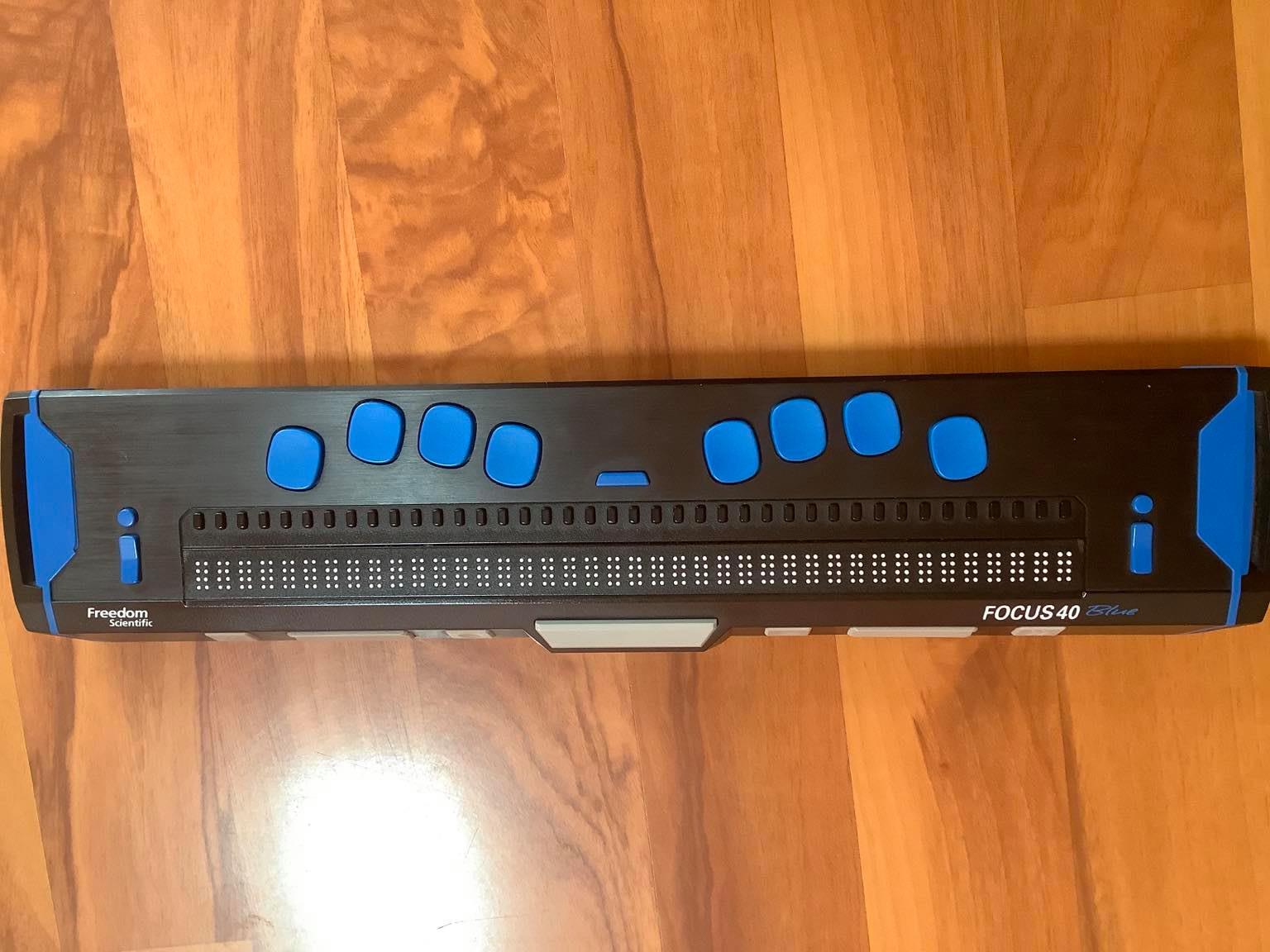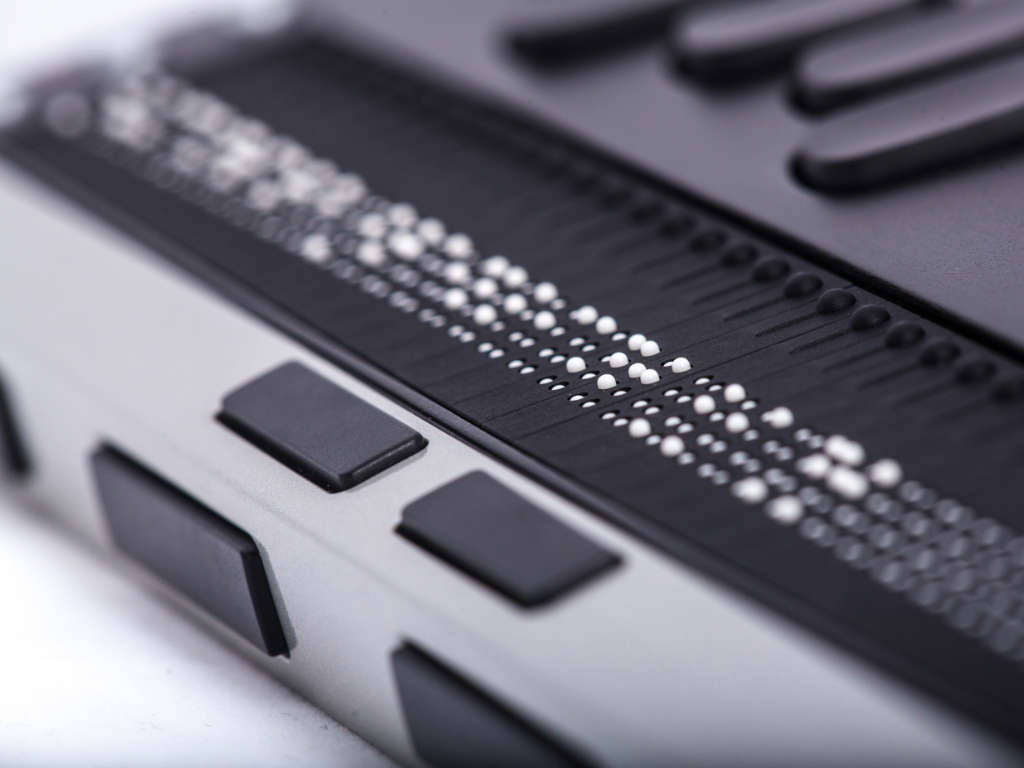Blind users can control the devices using a screen reader, which communicates information to them by reading it aloud. This method is the simplest, most blind people also have their screen turned off and a large number of them also speak very quickly, which the people around them usually do not understand, so privacy is more or less guaranteed. On the other hand, the voice output can disturb other people nearby. Headphones are the solution, but a person with a visual impairment is cut off from the rest of the world because of them. However, there are devices, braille lines, that you can easily connect to your phone or computer via USB or Bluetooth. It is precisely these products that we will focus on today.
It could be interest you

Before I get to the lines, I'd like to say a little something about Braille. It consists of six dots in two columns. The left side is made up of points 1 – 3, and the right side is 4 – 6. As some may have already guessed, characters are formed by combinations of these points. However, on a braille line, the font is eight-point to save space, because when you write a number or a capital letter in classic braille, you have to use a special character, which is omitted in the case of eight-point.
Braille lines, as I already mentioned, are devices that can display text on a computer or phone in braille, but they are tied to a screen reader, they do not work without it. Most manufacturers create lines with 14, 40 and 80 characters, after exceeding these characters the user must scroll the text to continue reading. A large number of lines have built-in Braille keyboards that can be typed on in a way similar to a typewriter for the blind. Furthermore, there is a button above each character, after pressing which the cursor moves over the required character, which is very useful in the text. Most modern lines have an integrated notebook that saves the text either on an SD card or can send it to the phone. Lines with 14 characters are mainly used in the field, for a phone or tablet for easier use. The 40-character ones are great for medium-long reading out loud or while working on a computer or tablet, also perfect for reading subtitles while watching a movie. Lines with 80 characters are not used much, they are unwieldy and take up too much space.
It could be interest you

Not all visually impaired people use braille because they don't read as fast or find it unnecessary. For me, the Braille line is great mainly for proofreading texts or an excellent aid for school, mainly when studying foreign languages, when it is very unpleasant to read a text in, for example, English with a Czech voice output. Field use is quite limiting, even when you have a smaller row. The writing on it simply gets dirty and the product becomes devalued. However, I think it's more than useful to use in a quiet environment, and for school or when reading in front of people, it's the perfect compensatory aid.



